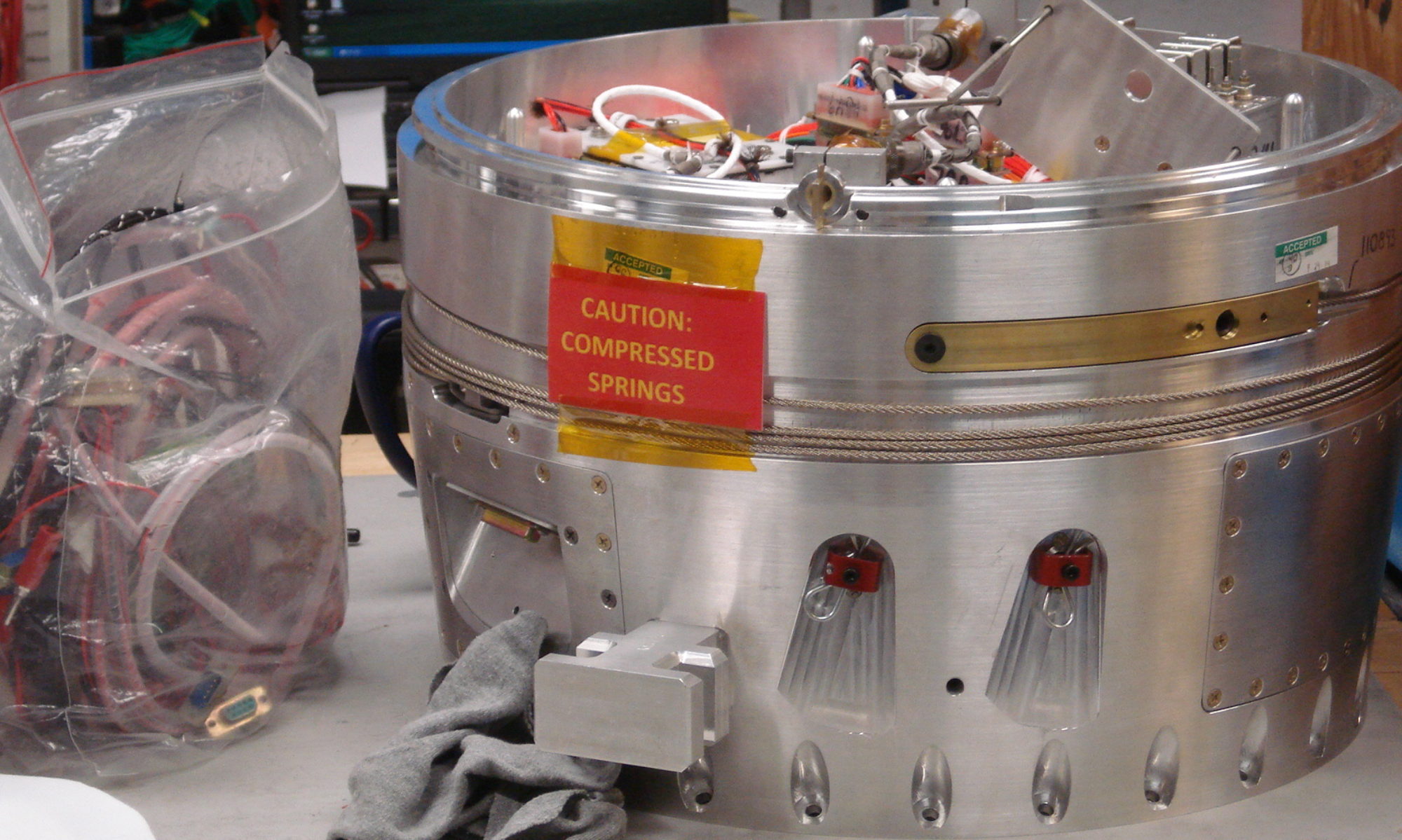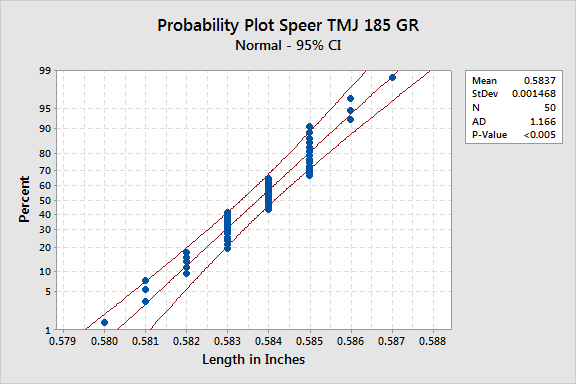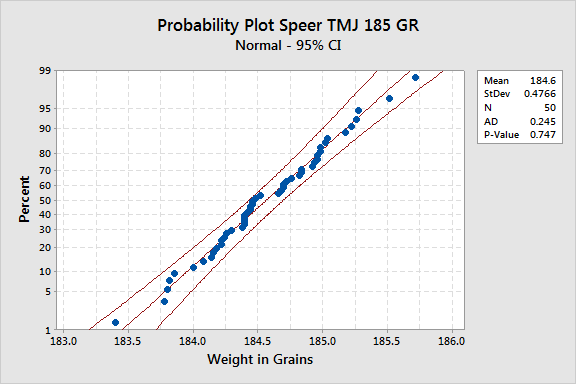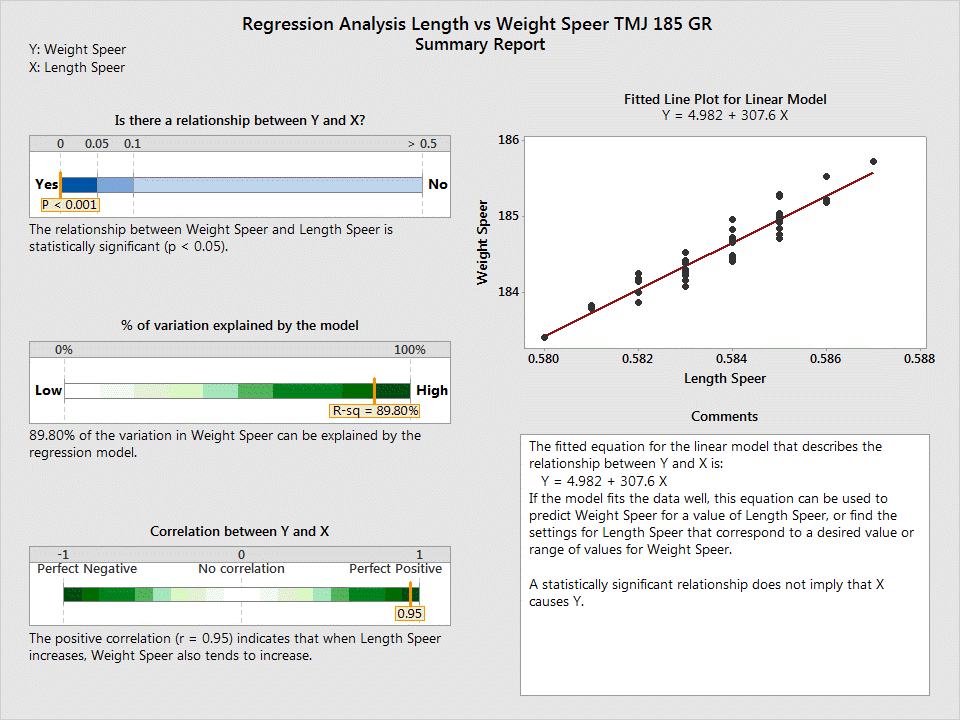At work, I’ve been learning Six Sigma/Lean principles, and thought that my interest in reloading might be a good point where I can delve a little deeper into both what I enjoy intellectually for work and for fun, and, hopefully, learn more about what makes a quality bullet or case. Consequently, I’m documenting my efforts so that others can compare notes, generate discussion, and develop a greater understanding of this facet of reloading.
Having recently taken up bullseye, or precision pistol shooting as the NRA is now deciding to call it, like anyone new to a sport, I dug right in and started studying what has been written about reloading for this particular course of shooting. It’s a well worn field by all accounts, rife with genius and ignorance, but what bothered me most was the complete lack of data regarding what sorts of qualities one should look for in a round of match grade (meaning “target”) ammunition. Surely, I thought, the answer could just as easily be measuring a “known” match grade round and trying to replicate that. SAAMI even has a specification for 45 ACP Match ammunition- so surely there isn’t a mystery here.
Of course, it isn’t that simple. What may shoot well in one pistol may not in another, some powders may “feel” different in regards to recoil (something I don’t believe in at present), component differences between what a factory may use and what you may be able to get, and so forth. Additionally, I don’t have access to an outdoor range or independent testing mechanism like a Ransom Rest, so even if I could take all the measurements I could get my hands on, I couldn’t presently test them in any controlled way. Lastly, even if I could do a double blind controlled study and find a “magic bullet,” there are going to be days when the human factor- the skill necessary to shoot a shot deep into the black- is the limiting condition.
Nevertheless, I decided I’d start measuring bullets and cases and making the results available to all. As I revisit brands/lots, I’ll continue to expand the various data sets that I collect. If variation occurs from established, repeated measurements over time, then it may be a good reason to investigate an alternative supplier.
I recently purchased a couple boxes of Speer’s TMJ 185 gr. bullets (lot D12X, Part #4473) that I plan on using in bullseye tournaments over the course of this year. These bullets are made in the new style- instead of cup and core construction– and are instead electroplated. The accuracy of plated bullets is subject to great debate among the bullseye community, though I’m not aware of which specific brands anyone has found lacking. I can’t remember who commented on The Bullseye Forum that one could probably get away with using rocks as projectiles at the 25 yard line, so I’m guessing the complaints about plated bullets has something to do with the 50 yard performance- but who, when, and evidence of them not performing haven’t been demonstrated to my knowledge with any sort of test results such as with photos, target, and load data to back up the claim that plated bullets don’t work well.
Diameter:
Measurements taken were weight, length, and diameter (in that order). I found very quickly that I was unable to discern any diameter difference- it’s entirely possible that there is a difference that a micrometer could tell, but the calipers I was using all turned up measurements of .451 inch in diameter. This makes a certain sense; the constraint on a bullet isn’t weight or length- we speak about bullets in terms of their caliber, which is what will determine practical weight and length for a given projectile (assuming sufficient rifling and other necessary conditions).
Length:
You’ll note that the length of N measured is evenly spaced; I only have resolution to .001 inch. My measurement system is such that if I took a measurement and the needle was between graduations that I made a judgement call; if it was past what I considered a half space, I rounded the size up. If the tick was below the half space, I rounded down. I didn’t have to do that frequently, but I do want it noted.
The data are evenly distributed and have a low standard deviation, however, the data is not normally distributed; as I noted above, the data does have some semblance of continuous measurements, but it was categorized for ease of reporting, as the alternative is to get more resolution, which seems unfruitful.
Weight:
The data is normally distributed which is indicated from the high P-value (the null hypothesis in this case was that the bullet weight would be normally distributed; thus, the null cannot be rejected). This is also evident from the trend of the samples to tend towards the center, or mean, of the graph. There are a couple of straggler data points on either end, which could be an indicator of either an improper measurement on my part (bias), or that the bullet was in fact the weight recorded.
The weight plot above indicates that, if my scale is to be believed, the majority of bullets are in fact underweight. Interestingly, the standard deviation from the mean is just enough weight to get many samples “over the hump,” assuming that it was a positive value, of course.
Relationship Between Weight vs Length:
A regression analysis indicates a strong relationship between bullet weight and bullet length. Remembering that we are fundamentally constrained by diameter (caliber), one would reasonably conclude that in order to increase weight, one must either use a different material or increase the amount of mass present; which in this case would be length. The model is explained to a high degree of confidence, statistically speaking.
Conclusion:
The bullets appear to be very well made and to very tight tolerances, even though in general they are underweight. How they will shoot remains to be seen, but there is nothing in the data to suggest that, if loaded properly and within a narrow velocity tolerance, any particular physical property would present non-nominal performance.
Measurement Tools:
Brown & Sharpe Dial Micrometer/Frankford Arsenal DS-750 Scale



